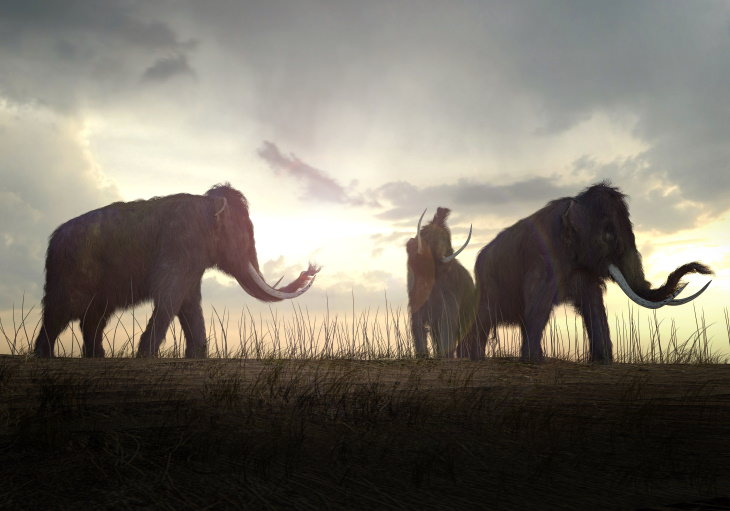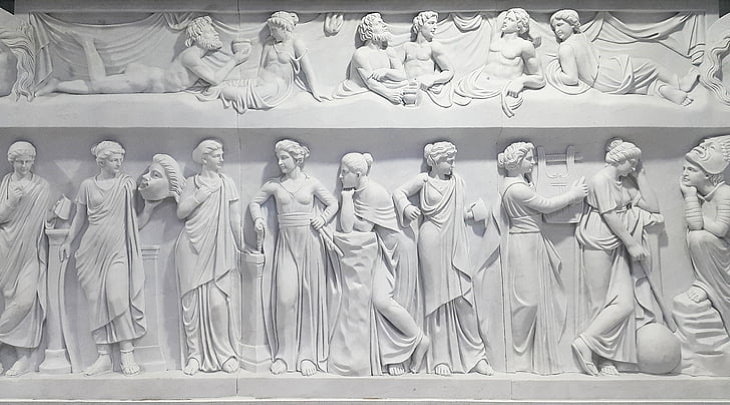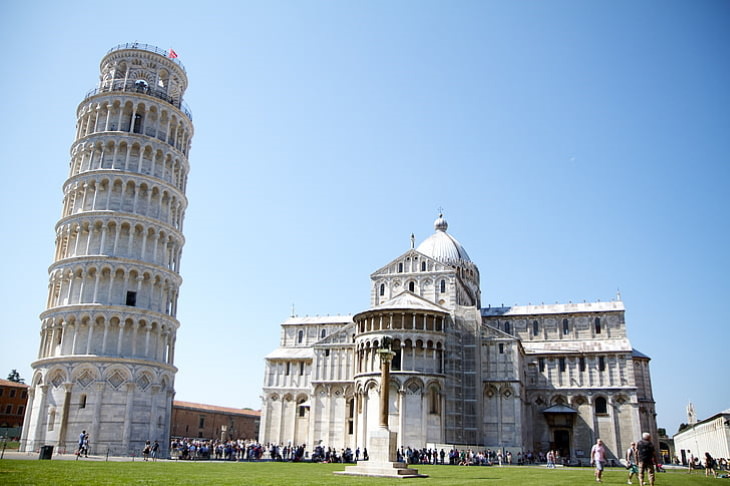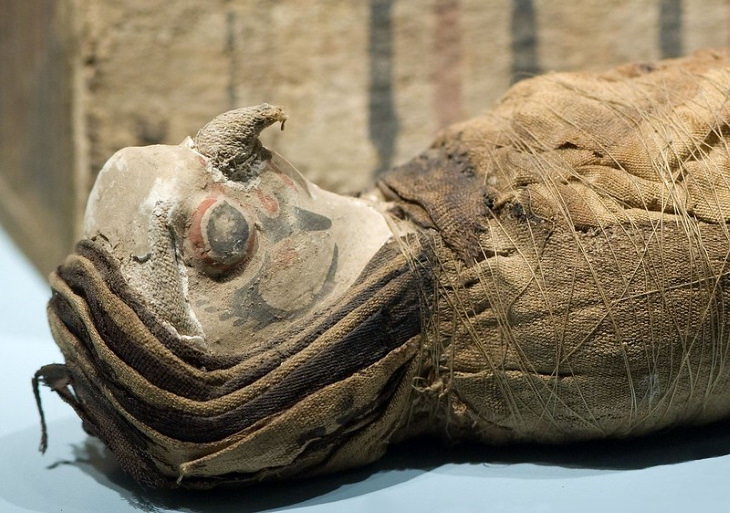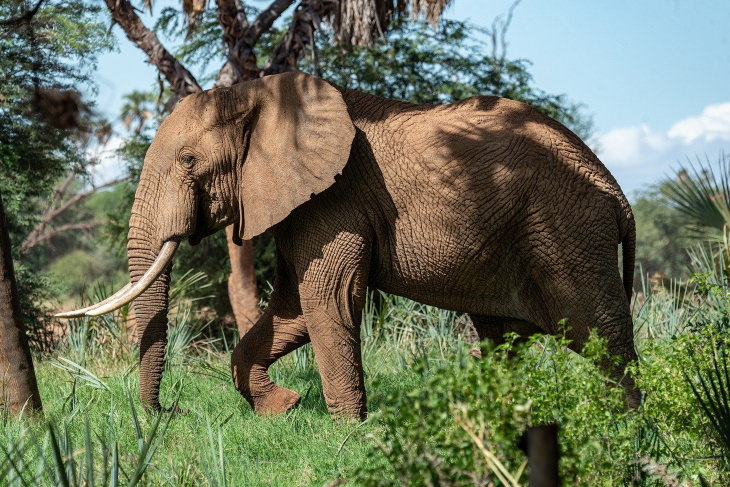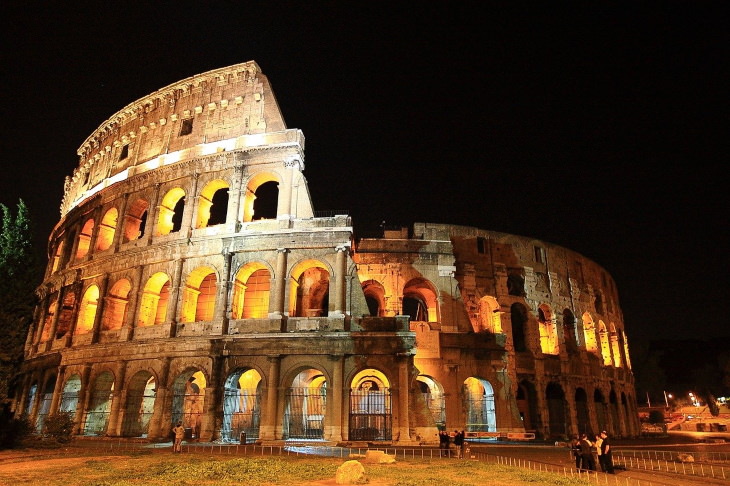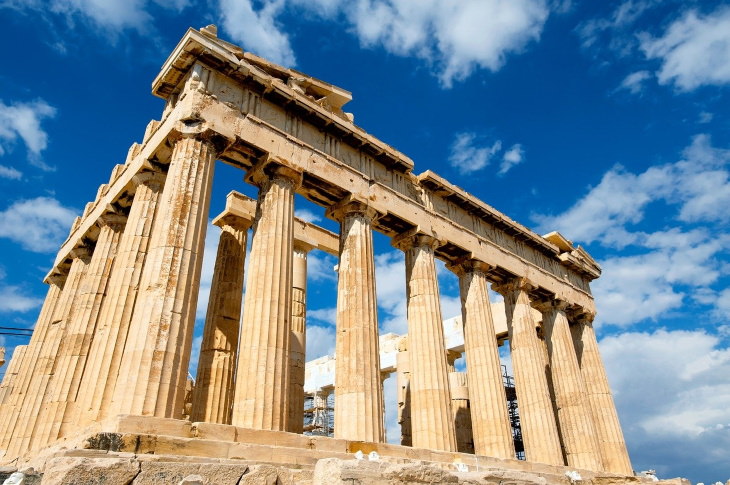1. Wooly mammoths were still alive when the first pyramids were built
The vast population of wooly mammoths died 10,000 years ago, but there was a small colony of about 1,000 mammoths that survived on a small island in the Arctic called Wrangel Island. Archeologists established that these mammoths lived on the island until around 1650 BC, which is nearly a millennium after the construction of the Great Pyramid at Giza.
2. Greek and Roman men ridiculed those who wore trousers
Greek men wore the chiton, a traditional tunic which was often complemented with a heavier cloak, and Roman men wore a very similar outfit themselves, too. For both the ancient Greeks and Romans, trousers were considered feminine or barbaric, and those who wore them - such as Persian, as well as Germanic and Celtic tribes - were mocked and believed to be uncivilized.
3. The Leaning Tower of Pisa was never straight
Soon after the construction of the famous tower first started in 1173, the foundation settled unevenly. For a century, construction was halted, and when it was completed in 1372, everyone realized that the tower was tilting to the south.
4. Ancient Egyptians mummified animals, too
We all know that Ancient Egyptians were big fans of mummifying the dead, but it turns out that humans weren't the only subjects eligible for mummification. In addition to humans, several animals were found mummified, too, including cats, mice, ibis, falcons, crocodiles, snakes, and dogs. Some of these animals were pets buried together with their owners, others were sacred animals, and a third group is believed to be food, which would nourish humans in the afterlife.
5. Mayans didn't eat turkeys, they worshipped them like gods
Turkeys were first domesticated by the Mayans and imagery of turkeys is ever-present in their art and iconography. But Mayans didn't eat turkeys. Instead, these birds were portrayed as godlike figures and only the rich and powerful could afford to have a pet turkey at home. Turkeys were, in fact, so highly prized that at least one Maya king had the word 'turkey' as his royal nickname.
6. The lottery is an Ancient Chinese invention
The first recorded use of lottery dates back as early as 205 BC in the Han Dynasty. The lottery game of choice during these early days for lottery was Keno, a game that's still available in some casinos today.
7. Death by elephant was once a form of execution
Execution by elephant used to be a method of capital punishment in many Asian countries in the past. In India, elephants were used to publicly torture, crush, and dismember convicted criminals. Compared to this, beheadings seem kind of merciful, don't they?
8. A popular 17th-century sport was called "fox tossing"
Fox tossing was a competitive sport widespread in certain countries in Europe in the 17th and 18th centuries, and it is pretty much what it sounds like, unfortunately. The blood game involved throwing alive animals, usually foxes, into the air. And some say video games are bad...
9. Female gladiators existed, too
A female gladiator was called a gladiatrix, and much like their male counterparts, gladiatrices fought animals or each other as a means of public entertainment during festivities in Ancient Rome. Unfortunately, scientists know very little about gladiatrices other than the fact that they existed.
10. Some Ancient Greek temples had disability ramps
The ancient Greeks were progressive in many ways, and recently, scientists discovered that some of their temples, especially healing sanctuaries, were purposefully built with ramps for the disabled so that everyone could access the sacred sites.
11. Every British tank produce after WWII has a tea-making station on-board
This sounds like a bad joke playing on the fact that the British love tea, except it's not a joke at all. Since 1947, all British tanks were equipped with a so-called boiling vessel (BV), which is a simple electric device that heats water. The need for a tea-brewing machine had become apparent after WWII research established that 37% of the regiment casualties were while soldiers were outside of their tanks (in search of a strong afternoon brew, too, we suppose).
12. A replica of Paris was built during WWI to fool enemy planes
How do you protect an entire city from getting bombed? The French had a great idea during WWI - they decided to build a replica of Paris not far from the city to fool German bomber planes. The ambitious project had never been finished, though, and any construction at Villepinte that did occur was dismantled after the war.
Liked these fascinating facts? Then please share them with others

